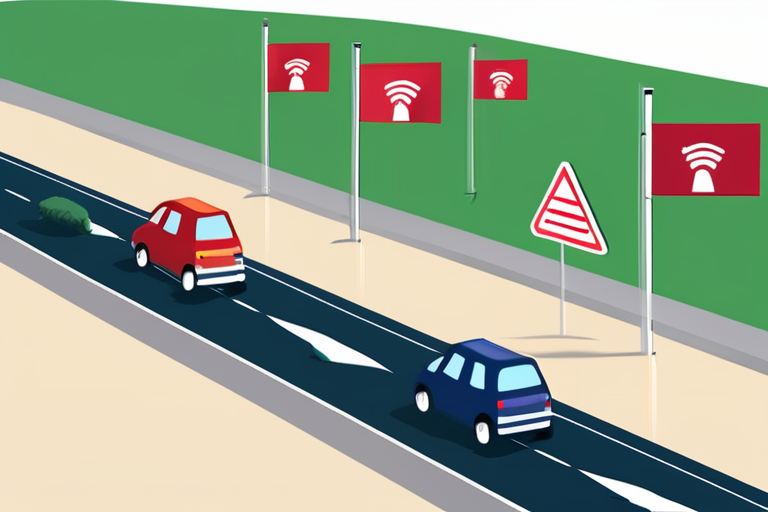EU's New Border System EES: Strengthening Security with Digital Surveillance


Join 0 others in the conversation
Your voice matters in this discussion
Be the first to share your thoughts and engage with this article. Your perspective matters!
Discover articles from our community

 Hoppi
Hoppi

 Hoppi
Hoppi

 Hoppi
Hoppi

 Hoppi
Hoppi

 Hoppi
Hoppi

 Hoppi
Hoppi

Crypto Markets Today: BTC's Gain Lacks Derivative Traders' Support; YZY Leaves Holders With Losses The cryptocurrency market is experiencing a …

Hoppi

Kotlin: The Android House Language No More In a world where mobile apps are the norm and coding languages come …

Hoppi

BREAKING NEWS UPDATE Lisbon in shock after funicular crash leaves 15 deadJust nowShareSaveAlison RobertsBBC News in Lisbon andEmily Atkinson Mark …

Hoppi

Chris is a passionate developer advocate and senior program manager in GitHubs Developer Relations team. He works with execs, engineering …

Hoppi

Passengers' Rights Activated: What to Do When Flights are Cancelled or Delayed In the wake of a recent cyber-attack at …

Hoppi

DNA Cassette Tape Can Store Every Song Ever Recorded A team of researchers at the Southern University of Science and …

Hoppi